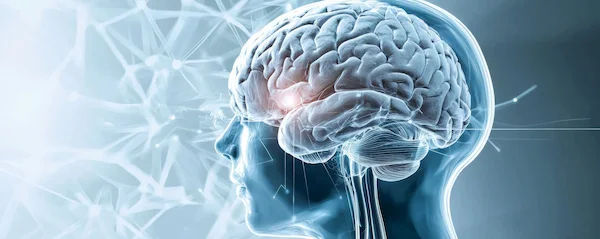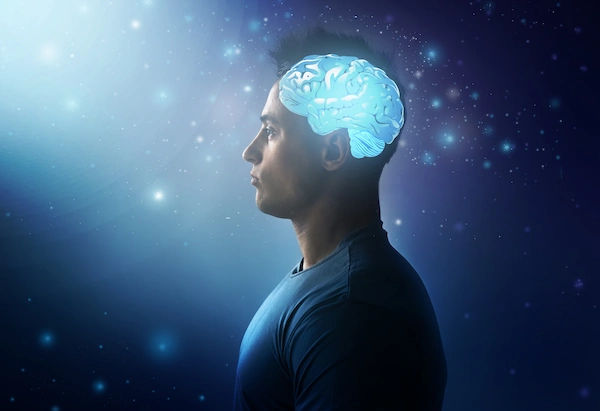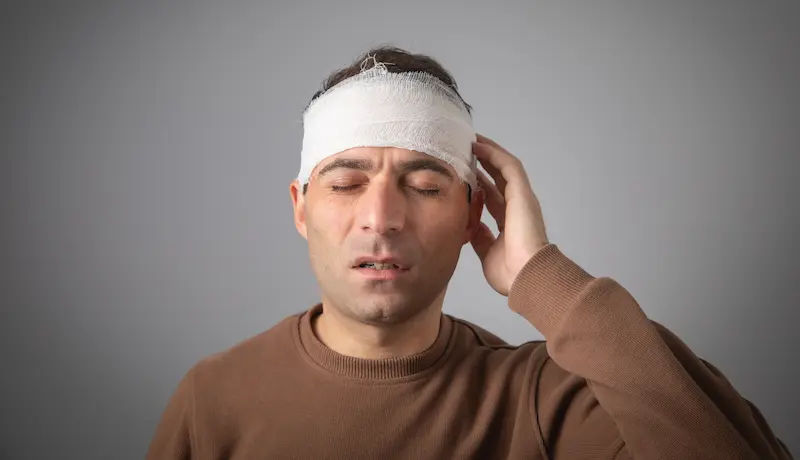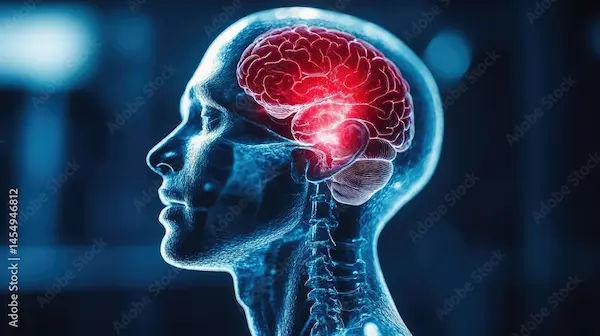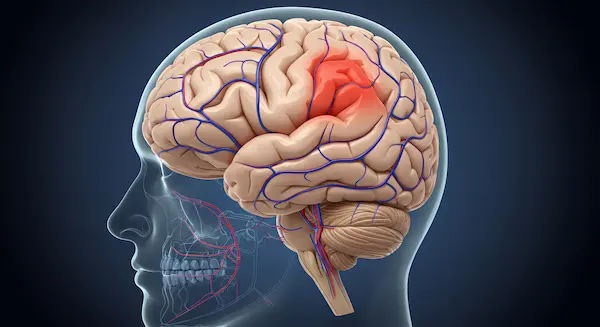Navigating Brain Damage: A Guide to Types, Recovery, and Hope
Understand the types of brain damage, recovery options, and treatment approaches. Explore ways to manage symptoms and find hope on the path to healing.

Written by Dr. Rohinipriyanka Pondugula
Reviewed by Dr. M L Ezhilarasan MBBS
Last updated on 8th Sep, 2025
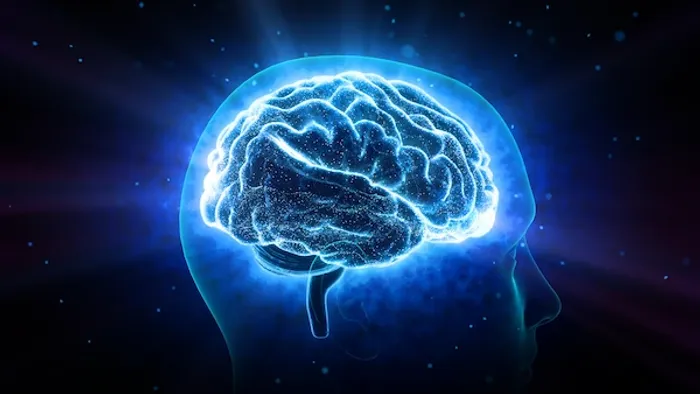
Introduction: Understanding the Complex Terrain of Brain Injury
The human brain is the most complex organ, an intricate landscape of billions of neurons governing everything from thought and memory to movement and emotion. When this delicate landscape is injured through a sudden blow, a lack of oxygen, or a medical event, the effects can be profound and life-altering. Navigating the world of brain damage can feel overwhelming for patients, families, and caregivers alike. It's a journey filled with medical terminology, uncertainty, and a pressing need for clear information. This guide aims to be your compass. We will explore the different types of brain damage, from traumatic injuries to strokes, identify the critical signs and symptoms, and demystify the diagnostic process. Most importantly, we will chart the path of recovery, highlighting modern treatment options, rehabilitation strategies, and the incredible potential of the brain to heal and adapt. Our goal is to empower you with knowledge, offering hope and a clearer direction through this challenging landscape.
What is Brain Damage? Defining the Injury
Brain damage refers to any injury that causes the deterioration or destruction of brain cells. It is not a single event but an umbrella term for a vast array of conditions that disrupt the brain's normal functioning. This disruption can be temporary or permanent, and its effects range from mild, barely noticeable changes to severe disabilities. The landscape of brain injury is categorised primarily by its cause, which directly influences the approach to treatment and recovery.
The Two Primary Classifications of Brain Damage
Understanding the origin of the injury is the first step in navigating its consequences. Brain damage is broadly classified into two types: Traumatic and Acquired.
1. Traumatic Brain Injury (TBI): The External Assault
A Traumatic Brain Injury (TBI) is caused by an external force that impacts the head. This force can be a sudden jolt, a blow, or an object penetrating the skull. Common causes include:
- Falls (especially in young children and the elderly)
- Vehicle-related collisions
- Violence and assaults
- Sports injuries
The mechanism of injury often involves the brain bouncing or twisting inside the skull, leading to bruising (contusions), tearing of nerve fibers (diffuse axonal injury), and bleeding.
2. Acquired Brain Injury (ABI): The Internal Onslaught
An Acquired Brain Injury (ABI) occurs at the cellular level, stemming from internal medical conditions rather than an external trauma. This category includes:
- Stroke: When blood flow to a part of the brain is interrupted (ischemic) or when a blood vessel leaks or ruptures (haemorrhagic).
- Anoxic/Hypoxic Injury: Caused by a complete lack of oxygen (anoxic) or a severe deficiency of oxygen (hypoxic) to the brain, often from drowning, choking, or cardiac arrest.
- Infections: Such as encephalitis or meningitis.
- Tumours: Both cancerous and non-cancerous growths that damage brain tissue.
- Neurodegenerative Diseases: Like Alzheimer's or Parkinson's disease.
Consult a Neurologist for the best advice
Recognizing the Signs: Symptoms of Brain Damage
The symptoms of brain damage are as varied as its causes. They may appear immediately or take days or even weeks to manifest. Recognizing these signs is crucial for seeking timely help.
Physical Symptoms and Sensory Changes
These are often the most immediately noticeable signs and can include:
- Persistent headaches or migraines
- Nausea and vomiting
- Convulsions or seizures
- Dizziness, loss of balance, and coordination problems
- Sensitivity to light or sound
- Blurred vision or ringing in the ears (tinnitus)
- Extreme fatigue and sleep disturbances
Cognitive and Behavioural Shifts
Changes in how a person thinks, feels, and acts are common and can be particularly distressing:
- Memory problems, especially with new information (a key sign of mild traumatic brain injury)
- Difficulty concentrating or processing information
- Slurred speech and trouble finding words
- Mood swings, irritability, anxiety, and depression
- Loss of impulse control and changes in personality
If you or a loved one experience any of these symptoms following a head injury or medical event, it is essential to seek immediate medical evaluation. For persistent cognitive or behavioural changes, consulting a neurologist online with Apollo24|7 can provide a convenient starting point for assessment.
The Immediate Response: Diagnosis and Acute Medical Care
The first few hours after a suspected brain injury are critical. The primary goals are to stabilize the patient, prevent further damage, and assess the severity of the injury.
Advanced Imaging: Seeing the Unseen
Doctors use sophisticated tools to visualize the brain:
- CT Scan (Computed Tomography): The go-to initial test for trauma. It quickly reveals bleeding, swelling, and skull fractures.
- MRI (Magnetic Resonance Imaging): Provides more detailed images of brain tissue, helping to identify subtle injuries, diffuse axonal injury, and damage from a stroke.
The Golden Hour: Why Timely Intervention is Critical
In emergency medicine, the "golden hour" refers to the brief period after a traumatic injury when prompt medical treatment is most likely to prevent death. For brain damage, swift action can mitigate secondary damage, such as brain swelling (oedema) or increased intracranial pressure, which can cause more harm than the initial injury itself.
The Long Road: Treatment and Rehabilitation Strategies
Treatment for brain damage is a marathon, not a sprint. After the acute medical phase, the focus shifts to long-term rehabilitation to maximize recovery and improve quality of life.
The Core of Recovery: Multidisciplinary Rehabilitation
Effective rehabilitation for brain injury is a team effort, typically involving:
- Physical Therapy: To improve strength, balance, and coordination.
- Occupational Therapy: To relearn daily living skills like dressing, cooking, and driving.
- Speech-Language Therapy: To address problems with speaking, understanding, and swallowing.
- Neuropsychological Therapy: To help manage cognitive deficits and emotional challenges.
This holistic approach helps the brain rewire itself through a process called neuroplasticity, the brain's remarkable ability to form new neural connections throughout life.
Emerging Therapies: The Future of Brain Repair
Research is continually advancing the landscape of treatment. Promising areas include:
- Hyperbaric Oxygen Therapy (HBOT): Involves breathing pure oxygen in a pressurized room to enhance oxygen delivery to damaged brain tissue.
- Neuromodulation: Techniques like Transcranial Magnetic Stimulation (TMS) that use electrical or magnetic currents to stimulate nerve cells and improve function.
- Stem Cell Therapy: Still largely experimental, this approach aims to use stem cells to repair or replace damaged brain cells.
Life After Injury: Coping and Long-Term Management
A brain injury is often a life-changing event for both the survivor and their family. Long-term management focuses on adaptation and building a new normal.
Building a Support System: For Patients and Caregivers
No one should navigate this journey alone. Support groups, both in-person and online, connect individuals with others who understand their unique challenges. Counselling can provide essential strategies for coping with grief, frustration, and change.
Navigating Emotional and Mental Health Challenges
Depression, anxiety, and PTSD are common aftereffects. Acknowledging and treating these conditions is a vital part of the recovery process. If your emotional condition does not improve after trying these methods, consult a doctor to discuss a comprehensive mental health plan.
Protecting Your Brain: Prevention is Key
While not all brain damage is preventable, many common causes are:
- Always wear a seatbelt in a vehicle and a properly fitted helmet during sports, cycling, and riding motorcycles.
- Prevent falls by removing tripping hazards at home, using non-slip mats, and installing handrails on stairways.
- Manage vascular health through diet, exercise, and regular check-ups to significantly reduce stroke risk.
- Avoid excessive alcohol and never use illicit drugs.
Conclusion: Empowerment Through Knowledge and Action
The landscape of brain damage is undoubtedly complex, fraught with challenges and uncertainties. Yet, as we have explored, it is also a landscape of immense hope, resilience, and scientific advancement. From understanding the initial injury and its symptoms to navigating the critical pathways of acute care and long-term rehabilitation, knowledge is your most powerful tool. The brain's capacity for healing, supported by dedicated medical care and a strong personal network, can lead to remarkable recoveries. Remember, you are not alone on this journey. By taking proactive steps for prevention, seeking timely help, and advocating for comprehensive care, you can navigate this difficult terrain and move toward a future defined not by injury, but by strength and possibility.
Consult a Neurologist for the best advice
Consult a Neurologist for the best advice

Dr. Aditendraditya Singh Bhati
Neurosurgeon
21 Years • MBBS(2004), DNB Neurosurgery(2014); MNAMS; Fellow Skull Base Endoscopy (Italy), Fellow Extended Skull Base ( Weill Cornell, USA), Fellow ZAP-X Radiosurgery. Member of American Association of Neurological Surgeons
Delhi
Apollo Hospitals Indraprastha, Delhi
(100+ Patients)

Dr. Ganeshgouda Majigoudra
Neurologist
10 Years • MBBS, MD ( GENERAL MEDICINE) DM (NEUROLOGY)
Bengaluru
Apollo Clinic, JP nagar, Bengaluru

Dr. E Prabhakar Sastry
General Physician/ Internal Medicine Specialist
40 Years • MD(Internal Medicine)
Manikonda Jagir
Apollo Clinic, Manikonda, Manikonda Jagir
(150+ Patients)

Dr Rajashekar Mummadi
Neurologist
3 Years • MBBS, DNB General Medicine, DRNB Neurology
Hyderabad
Dr Ram's Neuro Clinic, Hyderabad
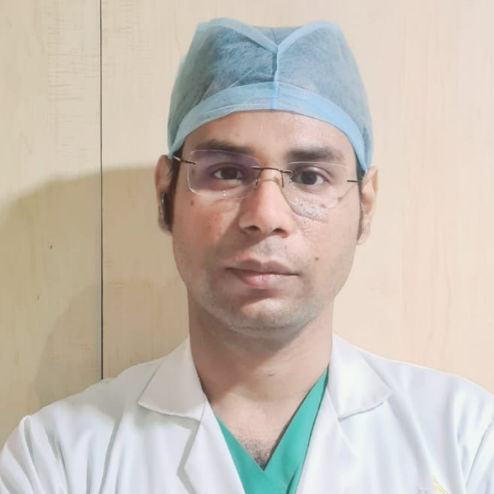
Dr Debnath Dwaipayan
Neurosurgeon
9 Years • MBBS, MS(Gen. Surgery), DrNB (Neurosurgery)
Delhi
Apollo Hospitals Indraprastha, Delhi
Consult a Neurologist for the best advice

Dr. Aditendraditya Singh Bhati
Neurosurgeon
21 Years • MBBS(2004), DNB Neurosurgery(2014); MNAMS; Fellow Skull Base Endoscopy (Italy), Fellow Extended Skull Base ( Weill Cornell, USA), Fellow ZAP-X Radiosurgery. Member of American Association of Neurological Surgeons
Delhi
Apollo Hospitals Indraprastha, Delhi
(100+ Patients)

Dr. Ganeshgouda Majigoudra
Neurologist
10 Years • MBBS, MD ( GENERAL MEDICINE) DM (NEUROLOGY)
Bengaluru
Apollo Clinic, JP nagar, Bengaluru

Dr. E Prabhakar Sastry
General Physician/ Internal Medicine Specialist
40 Years • MD(Internal Medicine)
Manikonda Jagir
Apollo Clinic, Manikonda, Manikonda Jagir
(150+ Patients)

Dr Rajashekar Mummadi
Neurologist
3 Years • MBBS, DNB General Medicine, DRNB Neurology
Hyderabad
Dr Ram's Neuro Clinic, Hyderabad

Dr Debnath Dwaipayan
Neurosurgeon
9 Years • MBBS, MS(Gen. Surgery), DrNB (Neurosurgery)
Delhi
Apollo Hospitals Indraprastha, Delhi
More articles from Brain Injury
Frequently Asked Questions
What is the difference between a concussion and severe brain damage?
A concussion is a mild traumatic brain injury (TBI) that typically causes temporary dysfunction of brain cells. Severe brain damage often involves more extensive, structural damage like bleeding or bruising, leading to longer-lasting or permanent disabilities.
Can the brain heal itself after damage?
Yes, to a significant extent. Through neuroplasticity, the brain can reorganize itself by forming new neural connections. Rehabilitation therapies are designed to leverage this ability, helping healthy parts of the brain take over functions from damaged areas.
How long does recovery from a traumatic brain injury take?
Recovery timelines vary dramatically based on the injury's severity. Most recovery occurs in the first six months to two years, but improvements can continue for many years thereafter. It is a lifelong process of adaptation for some individuals.
What are the long-term effects of a mild brain injury?
Some people with a mild TBI or concussion may experience long-term effects known as post-concussion syndrome. This can include persistent headaches, dizziness, memory problems, sleep disturbances, and mood changes for months or even years.
How can I help a family member with brain damage?
Educate yourself about their specific injury, be patient and empathetic, encourage their independence in rehabilitation exercises, and help them build a routine. Most importantly, take care of your own well-being to avoid caregiver burnout. Seeking support groups for families can be incredibly beneficial.
